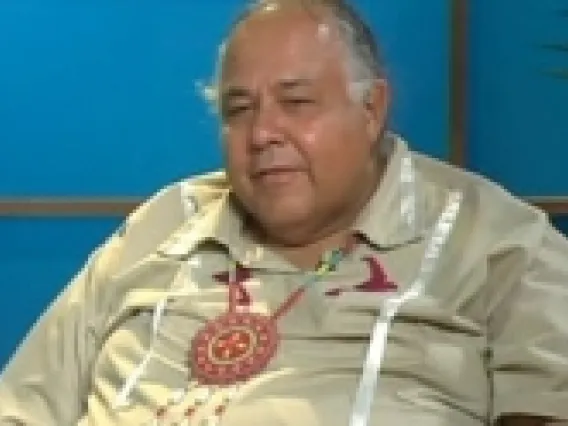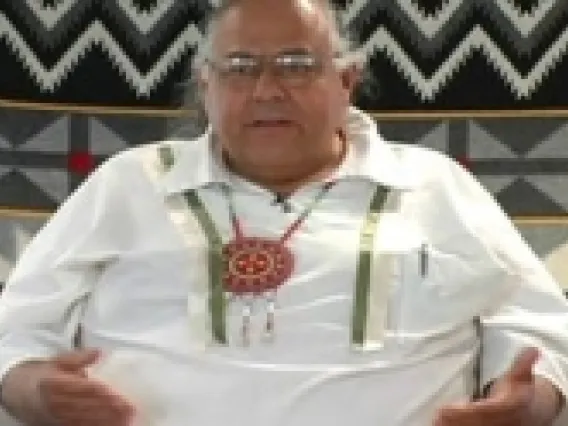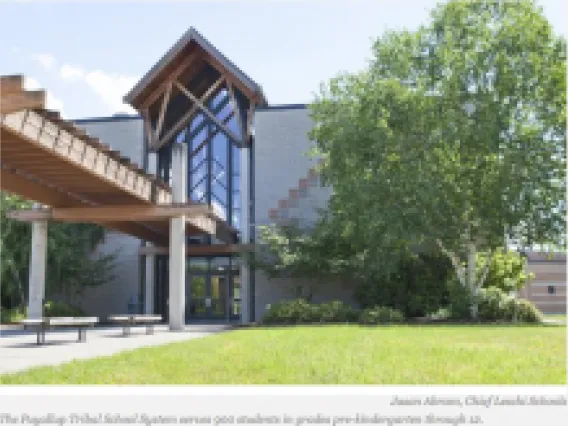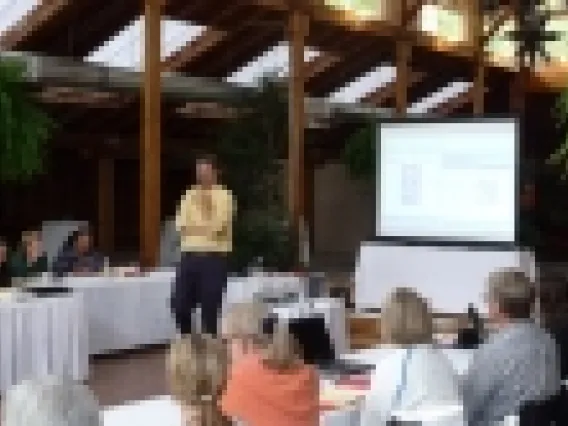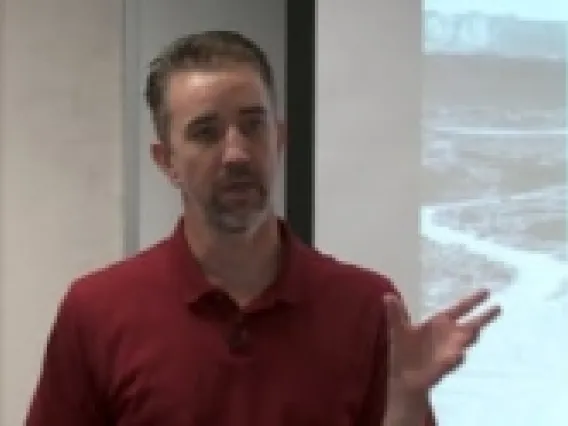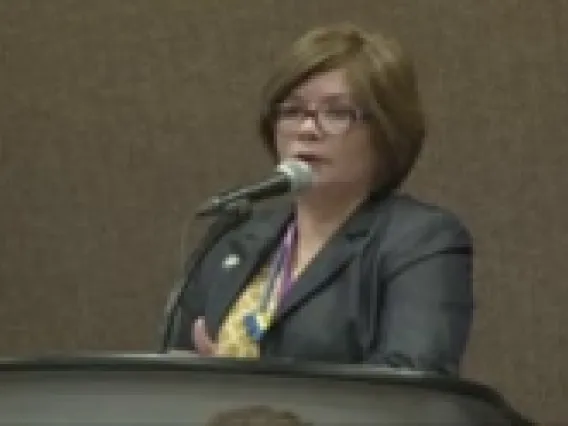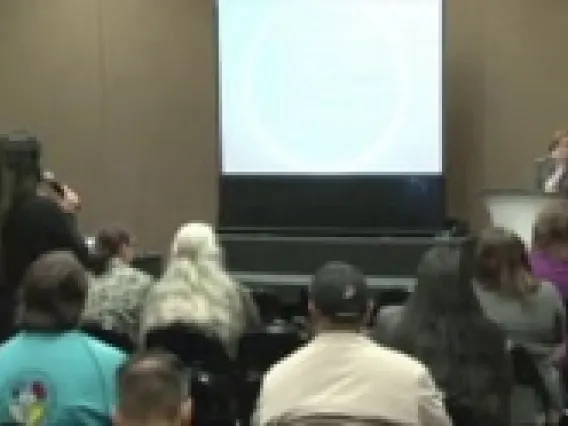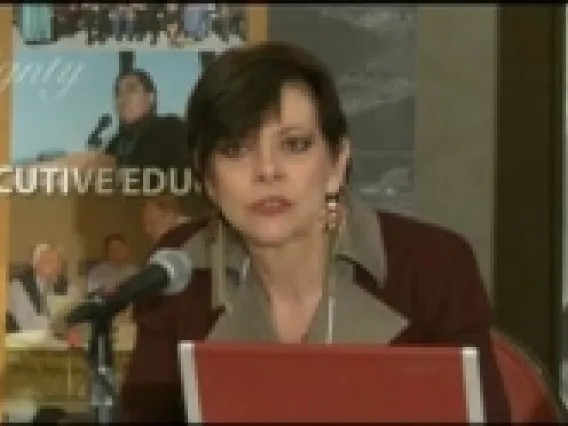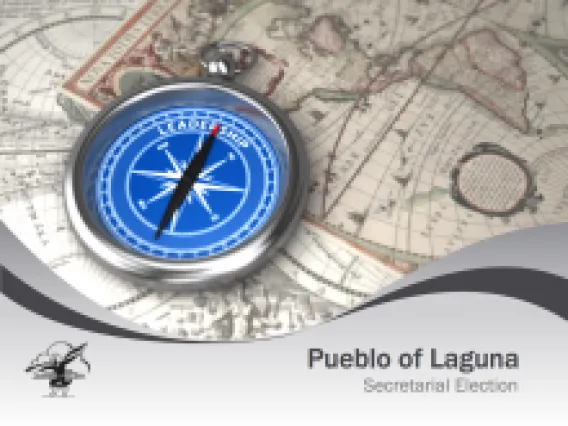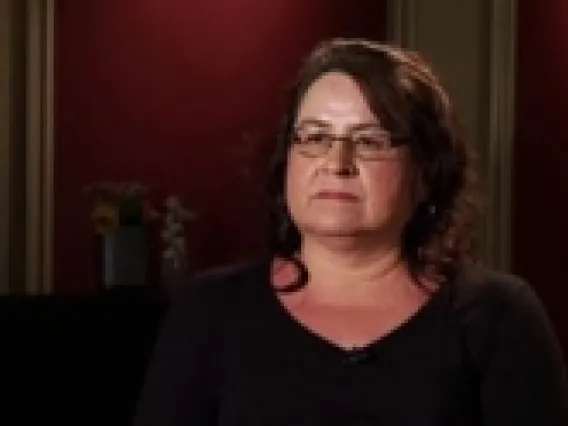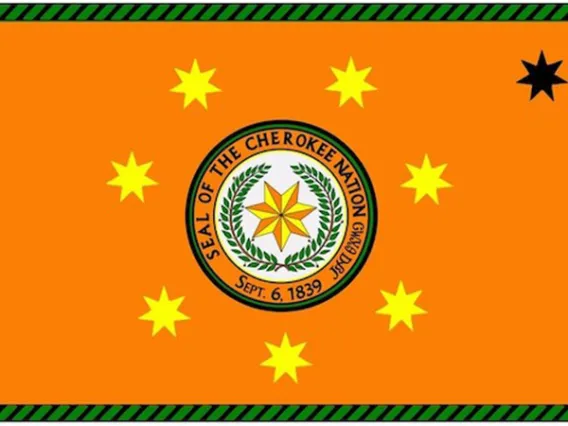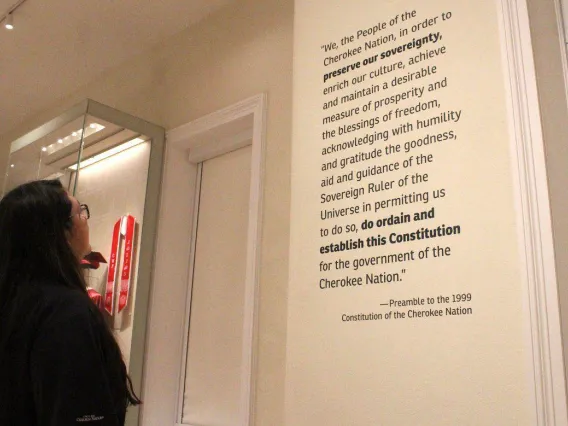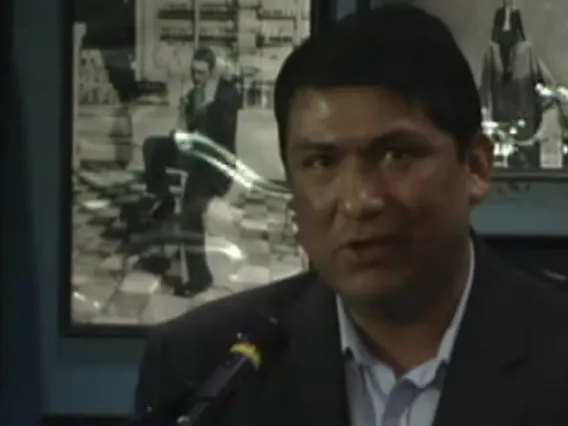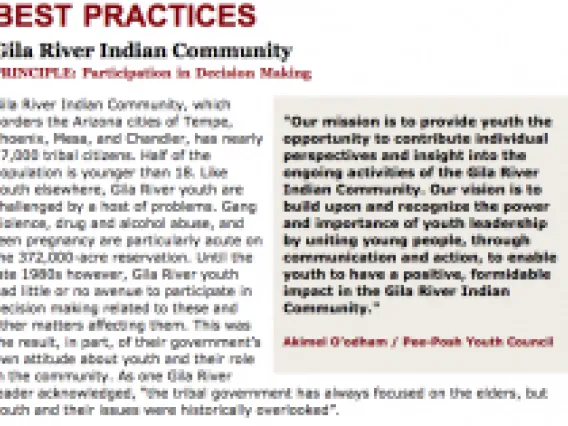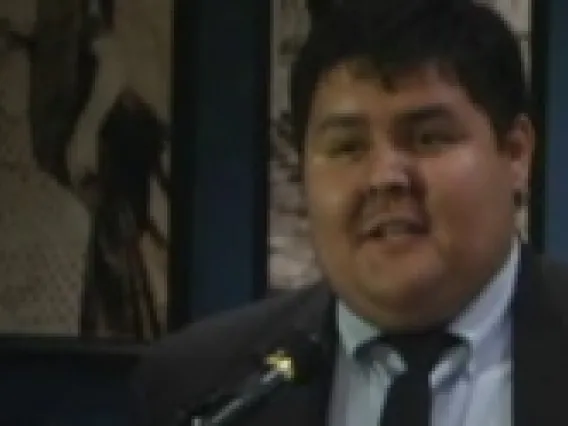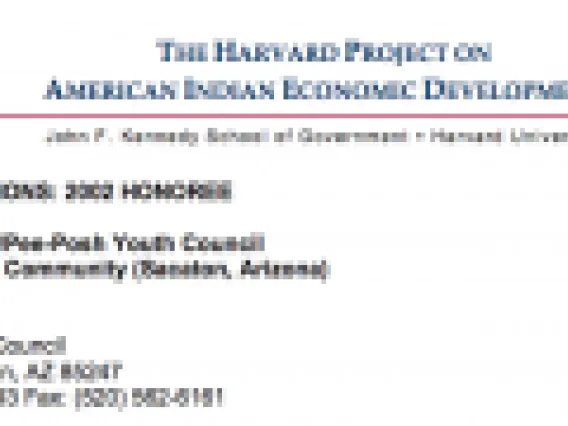CHANGING
How do we MAKE change HAPPEN?
Governance reform processes & methods
1 | strategies for constitution-making and constitutional change
Ultimately, constitution-making and constitutional change require putting pen to paper: drafting amendments, revisions, or a new constitution. This raises a number of issues for Native nations, among them: Who will oversee the process? Who will do the drafting? How should the community be involved? Who approves the changes or the final product? And so on…
As the diversity of constitutional change efforts among Native nations indicates, there is no single answer to such questions, no “one-size-fits-all” approach to constitution making or constitutional reform. What works for one nation may not work for another. What happens quickly in one place may take much longer elsewhere.
Nonetheless, successful constitutional change processes usually involve several key elements. Among them are:
Governments function better when citizens understand the appropriate role of government.
For many years colonial policies have taught Indigenous peoples that the primary role of government is to hand out resources–jobs, houses, health care, and so forth–and to help address problems. The message was that government is largely administration. In this view, the job of an Indigenous government is to run social programs, respond to citizen complaints, organize events, and lobby for increased external funds.
These activities are important, but they are only part of what government is about. The larger task of government is to help the community develop a realistic vision of the future it wants and then to shape a pathway toward that future. This involves strategic thinking and planning, making law and policy that support community values and goals, and creating an environment of leadership, rules, and procedures that helps citizens participate in building the future they imagine. A constitution can lay the groundwork for this more appropriate and ambitious conception of government.
Without this broader conception of government, efforts to amend or reform the nation’s constitution may end up reinforcing that very limited colonial idea. An effective civics education program—what Frank Ettawageshik of the Little Traverse Bay Bands of Odawa calls “tribal civics”—can broaden citizens’ thinking. It can help them think about the powers and responsibilities of nations; about their own political, social, and cultural goals; about what kind of governing system expresses their values and aspirations; and about what their obligations as citizens are.
In an ideal world, such education would be ongoing in the life of a community, giving all citizens (young and old, living in the community or not, “traditional” and “nontraditional,” etc.) an understanding of government as a tool for accomplishing the nation’s goals. Because this doesn’t always happen, general education about the purpose of government is an early task in Indigenous constitutional reform, and it is distinct from other aspects of citizen engagement in the reform process such as identifying needed changes and voting on the changes that are proposed.
Some Native nations have relied on formal educational programs to help young and old understand what government can and should be. Some have organized community meetings on these topics, run articles in news outlets about the role and responsibilities of government, or hosted radio programs that discuss concepts of government and teach about the nation’s current governing structure.
Questions to Consider:
- How can we create and support long-term, Indigenous, civic education?
Related Resources:
Most Native nations engaged in constitution-making or constitutional change put the process in the hands either of the nation’s governing body (such as a legislature or tribal council), in the hands of attorneys, or in the hands of an independent constitutional committee or commission. One of these three groups then runs the process and does most of the drafting of the changes to be made.
The problem with the first of these—putting it in the hands of sitting leaders—is politics: how do you persuade citizens that those in power aren’t using the change process to strengthen their own positions? Even if those leaders say and believe that they have the best interests of the nation at heart, giving them responsibility for leading the change process invites conflict of interest charges and rejection of the result by some part of the community.
The problem with the second—having attorneys run the process and draft the language—is that it puts the cart before the horse. Effective and lasting constitutional change starts from within the nation: it is a result of community dissatisfaction with the current system of government and desire for something that both works better and feels as if it is truly theirs. The task of attorneys is to advise and assist: help the nation move from those concerns and from that desire to something that is viable as a governing document and find ways to put the nation’s vision of change into language that can withstand legal scrutiny and accomplish the nation’s goals. In other words, attorneys should be following the process, not leading it.
The third approach—a constitutional change committee or commission—has a number of potential advantages. Much depends on how it is established and who serves on it. One option would be to ask groups within the community (elders, youth, lineages, societies of various kinds, districts or villages within the nation, etc.) to propose representatives to the committee/commission (although it is important to keep it small enough so that it can act decisively). Another might be to establish criteria for committee/commission membership and an application process and have a broadly trusted group (selected elders, perhaps) choose among the applicants.
If the resulting committee/commission is diversely representative, it can take much of the politics out of the change effort and involve more of the community in thinking about how the nation should govern itself. This approach can be cumbersome and time-consuming. But it increases the likelihood that the end result will have broad community support, which is a critical element in successful government.
Regardless of how it is established, the role of such a body is to organize educational processes so that the community understands what is going on and what is at stake; provide safe forums for public discussion of the issues; gather input from a broad spectrum of citizens and others; organize drafts of changes to be made; organize feedback from citizens; lead the process of revision; and oversee approval of the final product.
Questions to Consider:
- Who will manage our constitutional process?
- How can we ensure that our constitutional work remains independent from undue political influence?
- How do we ensure that our citizens voices are heard?
Related Resources:
If a constitution is going to be an effective instrument for governance and for achieving the nation’s goals, it will need support from the people who have to live under its provisions. One of the best ways to gain that support is to involve citizens from all walks of life and from all parts of the community (youth and elders, on- and off-reservation citizens, traditional people and those who are less so, etc.) in discussions about constitution-making or constitutional reform. When people sense that they have been able to contribute to deliberations about the nation’s constitution and their shared future, they are more likely to own the outcome and adhere to it.
Both an independent constitution commission/task force/committee and a strong civic education program can assist in this process. But a number of nations also have found that community meetings, Internet outreach, and other open discussions of key issues can lead to a greater sense of community ownership of the constitution that eventually results.
Questions to Consider:
- Who is part of the representative group organizing written constitutional efforts?
- How are tasks and responsibilities divided among members of the constitutional commission/committee/task force?
- How can we ensure participation from a broad cross-section of our citizenry?
Related Resources:
Not all constitutional processes have to happen at the same time. Particularly where there may be difficult issues involved, one strategy is to separate controversial issues from the issues most people agree upon or find less difficult to deal with. By starting with the less complicated or contentious issues, a nation may be able to build a track record of success in addressing change. This in turn may help build trust in the constitutional process itself, making it easier to address more difficult issues in a later round.
Questions to Consider:
- What are our constitutional priorities?
- What is our timeline for making this happen?
- Are their reasons to delay consideration of some issues, or can we keep everything on the table?
- What issues, if any, would we want to reserve to a for a later round?
Related Resources:
Language matters. A written constitution should be easily understood by a nation’s citizens. Ideally, those citizens at some point will read it, will recognize in it their visions of governance, and will understand what it means.
Part of the drafting task is to find language that expresses the core values of the nation, specifies how the nation will govern in terms clear to both citizens and outsiders, and meets the requirements of a legal document. Accomplishing that task may require a constitutional committee or commission and attorneys who are familiar with the nation and its concerns to work closely together.
While a constitution should be a source of clarity and stability in the governance of a nation, it may have to be responsive as well to major changes in the nation’s circumstances or goals. At some point, constitutional revision may be necessary.
Most constitutions include some provision for change, should the need arise. Unless a constitution needs a complete overhaul, revisions usually take the form of amendments that are attached to the constitution. These may add material not envisioned in the original document, or they may insert changes or additions to material already there.
Amending a constitution should not be easy. A constitution is more than a resolution or an ordinance. It describes the fundamental governing structure of the nation. Changes in that structure have consequences for how the nation governs, and they should not be made lightly. A strong amendment process both specifies how changes are to be made when necessary while at the same time insulating the nation from a constant cycle of change.
That process typically is outlined in the constitution itself. It indicates how amendments are proposed, how they are considered, and how they are adopted. It should indicate the extent of support required for the adoption of an amendment to the constitution, and how such support is to be expressed.
Most written constitutions require that, to be adopted and become law, an amendment must receive strong support not only from the nation’s legislative body but from a sizeable majority of its citizens as well.
Once the nation has settled on amendments to its constitution or on a new constitution, it probably will want to go through a formal process of approval and adoption. A common technical term for this is “ratification”: to ratify the constitution or the changes in the current one is to agree formally to live by the new constitution or by the changes in the current one, giving them the force of law.
Ratification can take various forms. A common one is via the vote, perhaps requiring agreement by supermajority (for example, a two-thirds majority of eligible voters). Alternatively, approval might be given by consensus among clans or districts within the nation. It might require approval by a particular body of citizens such as an elders’ council or by the nation’s legislature. It could take place through some combination of these options. What’s most important is that the approval process be viewed by the vast majority of citizens as appropriate for the nation, given its culture and situation, and binding on its citizens and its government.
Many Native nations in the United States, particularly those with governments organized under the Indian Reorganization Act (IRA) of 1934, have clauses in their constitutions specifying that any constitutional changes must be ratified via what’s called a secretarial election—an election conducted under the authority of the U.S. Secretary of the Interior. Some nations with IRA constitutions are removing that clause, believing that they should have full authority over the form of their own government and require no one’s approval other than their own. But they then need to replace that clause or provision with an alternative process of ratification.
Processes that take time and need broad community support also cost money. Community meetings have to be organized. It may be necessary to provide food at such meetings. At some point, legal advice likely will be necessary. Travel to distant communities may be required to provide more citizens with a chance to participate, etc.
While a nation’s elected leaders should not have direct control over the constitutional process, they need to give it enough financial support so that it has a chance to succeed. If there are insufficient internal funds to support the process, the nation’s leaders may need to look for external sources of funds from, for example, external governments, the philanthropic sector, or partners in the corporate sector.
Questions to Consider:
- How will the nation fund our constitutional efforts?
- Will our elected leaders provide financial support?
- What other means are available to fund our efforts?
Related Resources:
Constitution-making and constitutional reform can be slow and challenging processes. Multiple and sometimes conflicting views are to be expected. It may take time for people to learn what some of proposed provisions or changes mean or to become comfortable with the idea of doing things very differently from the way they’ve been done before. Sometimes simply understanding an existing text of a constitution can be a challenge in itself. Imagining how a new governing system might work can be even more difficult.
This means a nation needs to allow ample time for discussion and learning. It also means that some parts of a constitution or some amendments to a constitution may have to go through multiple drafts before they gain the support they need. An inclusive and accessible process helps ensure that various views are heard and multiple understandings are analyzed, and it helps increase the likelihood that the community will take ownership of the results. Rather than following a smooth or predictable path, constitution-making and constitutional reform can sometimes seem like repetitive processes: two steps forward and one step back.
In fact, some processes stall for months or even years as a result of changes in political leadership or the external environment. But no efforts should be considered wasted. Opportunities to learn about Indigenous nation government or to think and talk about what the possibilities might be are almost always valuable. They not only educate; they may also spark community conversations regarding difficult topics such as historical trauma or lateral violence and, in doing so, contribute to healing. When the ball is picked up again, such learning and healing contribute helpful resources to resumed efforts.
Related Resources:
2 | Examples of successful approaches to citizen engagement
Native nations have used a variety of tools to encourage their citizens to participate in constitutional change processes. This section identifies and provides examples of several of them that, when implemented, can lead to greater community understanding of Native nation governance and to greater community ownership of a new/reformed constitution.
In the digital age and in an era of dispersed tribal populations, websites and blogs can distribute up-to-date information quickly to a wide audience. Websites can provide, in one place, all the resources citizens might need to keep up with the constitutional process and find the information they need or want. Blogs that trace and explain the process and the issues involved allow frequent updates for citizens to follow.
When the Kaw Nation launched a constitutional reform effort in 2000, they set up a committee to oversee the process. The committee created a website that provided information to citizens on proposed changes. The website included more or less continuous updates on the process and directed citizens to other resources relevant to the changes being considered. At the same time, recognizing that not all its citizens had Internet access and that some–especially elders–might not be comfortable with computers, the committee also organized community meetings and published frequent newsletters that tracked the process as it went along.
Questions to Consider:
- How might we use blogs to encourage our citizens' participation in constitutional reform?
Small forums have many advantages as a way to engage citizens (and potential citizens) in constitutional processes. They give more people an opportunity to speak–not only are there more time slots, but those who fear speaking in front of large groups are more free to express themselves. If geographically distributed, they make it physically possible for more people to participate and allow any local interests to come to the fore. Not surprisingly, small forums are a common element of many nations’ engagement plans.
When the Osage Nation initiated constitutional reform in 2004, only citizens who had inherited a share in the tribe’s mineral estate were allowed to vote in tribal elections. This rule excluded a majority of Osage descendants from the political process. One of the main tasks of the governmental reform commission working on constitutional change was to bring generations of disfranchised Osage descendants back into the political process.
The commission was composed of respected community members from diverse walks of life (tribal council members were not allowed to serve on the commission). The commission organized a series of 42 town hall forums designed not only to get feedback from the community but also to encourage those previously excluded from tribal politics to take part in reforming Osage government. It was a time-consuming, elaborate process, and progress at first was elusive, but over time, growing numbers of Osage citizens became involved. Their participation and feedback made significant contributions to the constitution the Osage Nation adopted in 2006.
Questions to Consider:
- To what extent and how often can we convene small forums to encourage citizen engagement?
While they may seem “old school,” newspaper or newsletter articles are an inexpensive and far-reaching way to educate and inform Native nation citizens about governance and constitutional reform issues. Reformers may have the best success with relatively brief, to-the-point articles that tackle one issue as part of a larger series. Readers then have the opportunity to consider key topics individually rather than wrestling with all the points of change at once.
In the early 2000s the White Earth Nation began publishing a newspaper called Anishinaabeg Today. Published every three weeks, the paper was circulated free to the nation’s citizens, including those living off the nation’s lands and in other areas of Minnesota and the Dakotas. It eventually gained subscribers across the country.
The White Earth Constitution Committee quickly recognized that the newspaper could be an important educational resource. The committee produced a series of articles that not only kept citizens informed as the constitutional process went along, but also covered Minnesota Chippewa history and went into depth on specific constitutional issues. They gradually guided citizens through each chapter of the new White Earth constitution and explained how it applied to the operation of White Earth government.
Questions to Consider:
- Why might we choose to publish newspaper articles regarding reform in our tribal newspaper/newsletter?
Constitutional change processes sometimes include constitutional conventions. These can provide space for citizens to collaborate in the change process, review and discuss drafts and the implications of proposed changes, voice concerns, and make decisions about the content of the final draft.
The Cherokee Nation and White Earth Nation, among others, held constitutional conventions to review and, as needed, rewrite proposed draft constitutions. In each case, the convention took place over several days, engaged a significant number of citizen delegates, produced a final draft document, and resulted in a more educated and involved citizenry.
Related Resources:
Young citizens may be less knowledgeable about and more disengaged from their nation’s government than older ones. This concern has led some nations to make special efforts to involve younger citizens in constitutional change processes. For example, the Huu-ay-aht First Nation appointed a youth representative to their constitutional change committee.
Other efforts to engage youth include youth councils and outreach through educational institutions, including classes on Native history and government (what some nations call tribal civics).
The Gila River Indian Community has a youth council (Akimel O’odham/Pee-Posh Youth Council) that has been one of the leading innovators in the area of youth civic engagement. The council develops programs designed to increase youth participation in government and prepare future generations of leaders. The council established a Gila River Kids Voting program that encourages understanding of current issues and allows community youth to cast mock votes on election day. Ultimately, not only children benefit: the program has been credited with increasing adult voter turnout by 7 percent. The youth council also obtained an outside grant to establish an annual event where the nation’s young people have an opportunity to work directly with tribal government officials and gain a close-up view of the nation’s government in action.
Related Resources:
Some Native nations and their citizens naturally turn to social media as a means of communication about constitutional processes. An official social media account (or set of accounts) for the constitutional change commission/committee may be a useful way not only to keep the community informed about ongoing constitutional work but to encourage community engagement with it. For example, a commission or committee might use Facebook as the primary site for communicating about constitutional change or Twitter as a means of informing the community about decisions or developments.
Of course, social media sometimes has costs. In the absence of face-to-face communication, some users may use social media to attack or insult other community members or to spread misinformation, thereby contributing to community divisions and undermining what should be a shared effort to strengthen the nation. Safeguards such as moderated pages, rules for the site, and enforcement of civil communication standards may help to avoid such problems. Another option is to refrain from using social media at all, stick with other forms of communication, and have the constitutional reform leaders explain why.
Amending a constitution should not be easy. A constitution is more than a resolution or an ordinance. It describes the fundamental governing structure of the nation. Changes in that structure have consequences for how the nation governs, and they should not be made lightly.
–Dr. Stephen Cornell

